inventions
From time immemorial, it has been the inventions and discoveries that have kept humanity driven towards development in all sectors. Inventions are especially important man-made things that bridge the requirements. When we use an invention in ages and ages, it comes to a point where we consider it a natural resource!
We forget that things do not come to us easily and do not reach us easily. Only machined things are used, and the process is the idea of a pioneer inventor. In fact, today the world is trying hard to come up with a perfect vaccine so that we can be mask-free and return to our old normal lives.
Zip
Have you ever thrown your bag for a zipper that does not work?
Not really, I hope. It is quite interesting that we tend to repair zippers and use bags, but we never know how important they are. It is a wonderful, simple and repairable invention that has made our lives very easy.
Imagine the world without a zipper. Rain jackets, bags, purses, dresses, textile shelves and so many more things use zippers. It is such a robust invention that we use today.
The history behind the zipper
In the year 1893, Whitcomb L. Judson was an American engineer whose main work is on the "Pneumatic street railway". He went on to register around 14 patents. His remarkable invention was a "Chain-lock fastener" that served as a prototype for today's zipper model. He went on to launch the Universal Fastener Company to produce this device
This company was renamed and moved to New Jersey. In 1906, they hired a Swedish-American electrical engineer called Gideon Sundback . He continued to improve the design of hook-free fasteners and filed patents in 1909 in Germany. He then increased the number of fasteners from four per inch to 10 or 11 and designed two opposite rows of teeth that became one piece with a slider. This is the modern zipper or zipper known as "Separable fasteners". It was patented in 1917.
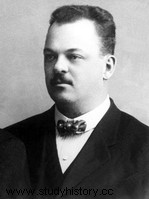

After that he continued to build the machine to produce this is in a lump. In the year 1923, he further developed the design by adding grooves and a locking system to the last tooth. It was commercialized when it was used for boots by the BF Goodrich Company the same year. Subsequently, it was used in leather jackets by Schott NYC in 1925. It was later used by French designers to zip men's trousers in 1937.

Zipper in today's world
It is now widely used in bags, clothes, boots, bags and many others. Recently, there is a model with a zipper that is used in coats and jackets where both ends are open. You can attach and release them when using them.
Play
What could people have used before the existence of modern mirrors to look at themselves?
A pool with water! Yes, it may seem absurd or simple, but it is a fact. Even when early mirrors existed, they were only meant for the royals to use. Unlike a regular affordable item today, where most girls may never go out without looking in a mirror, I'm sure. In fact, for that matter, everyone will care to see how they are.
Thus, it has also become a fundamental essential in our everyday lives. It is found mainly in our houses and vehicles.
The History of Mirrors
The earliest mirrors are known to exist in present-day Turkey about 8000 years ago. Around 4000 - 3000 BCE they were used in Egypt and Iraq, where they consisted of copper. So around 2000 BC. (1000 years later), the Americans made mirrors of polished stones while Indians and Chinese made bronze. In fact, a curved mirror was constructed inside the Alexandria lighthouse to reflect beams and guide sailors.
Given the early history of the mirror, they were not widely used except by the cozy people like the royal families. Besides, they were very different from today's mirrors. This was invented by German chemist Justus Von Liebig in 1835. He developed a process for coating a thin layer of metallic silver on one side of a glass pane. This was further improvised for its materials and techniques.
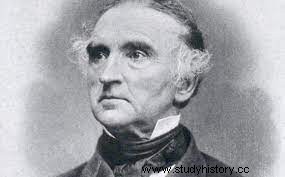

Mirror Today
They are now produced by inserting aluminum instead of silver. Glass is mostly used as a base. It was also coated with mercury, but due to its toxicity it was replaced by various other metal coatings.
There are different types of mirrors, technically differentiated based on the curvature of their reflective surface. There are also two-way mirrors that act as a mirror on one side and transparent glass on the other side. These are found in various places such as car windows, building walls, police interrogation rooms and so on.
Today there are many uses of mirrors. They are used in the field of Optical Science and Medical Science because of their ability to reflect light completely and focus it on a point. It is also used as an exterior cover for buildings. It is used for the construction of giant machines in various industries and in spacecraft.
Pencil
What is the one thing you teach every child to hold on to?
It's the pencil! Even today, pencils are widely used by people to write. Children all over the world are starting to write with this instrument. It is also erasable, unlike other writing tools, making it easy for children to learn. So when they make mistakes, they can regret it too!
Pencil History
Pencils have a Roman background for them. The writing tool called "Stylus", which was used by the Romans to write on parchment, was the predecessor. Around 1300 BC. wrote Greeks with metal pen pointers on wax-coated tablets. This was followed by Quills in 600 - 1800AD. This is nothing but feathers dipped in ink. Furthermore, in 1564, the pioneering discovery of large deposits of graphite in England paved the way for the invention of the pencil.
It was found to be pure carbon, but too soft and brittle. To use this, roll the thin sticks of the fabric and wrap it in sheepskin or string so that you can hold it without breaking. In the year 1560 came an Italian couple - Simonio and Lyndiana introduced the idea of closing the pins between two halves of carved pieces of wood and gluing them together. But England had a monopoly on graphite pencils. Due to the Napoleonic Wars, France could not import graphite from England or Germany. That was when they were pressured to explore other resource offerings.
In 1795, Nicolas-Jacques Conté , a scientist serving Napoleon Bonaparte's army, discovered a method of hardening the core. He suggested that by mixing powdered graphite with clay and heating it in an oven one can achieve the required degree of hardness. In addition, the composition of raw materials and the level of frying can be changed to adjust the hardness. Even today, pencils are produced using this method.

Worldwide Manufacturing Companies
In 1662, the world saw the first mass production of graphite sticks by a company located in Nuremberg, Germany. In 1832, the first pencil factory called the Cumberland Pencil Company was opened in England. Although William Monroe (cabinet maker) made the first American pencils in 1812, it was Joseph Dixon who developed the method of mass-producing it. Due to the industrial revolution, many manufacturing companies were mushrooming throughout the 19th century in New York, New Jersey. German producers owned them. Popular companies are Faber-Castell (1761), Eberhard Faber, Eagle Pencil Company and General Pencil Company.
Originally, they were simple and unpainted wooden fences. But in the 1890s they were painted and the brand name was also put on them.


Pencils today
There are colored pencils, unlike the traditional graphite pencil which writes in gray or black shade, these write in different colors. Various writing tools have appeared as a pen, marker, sketch pens and so on.

clock
"What time is it now? 10:23, Ah! I'm already late."
These are common conversations in our daily lives. We have wristwatches of different types, from dials to digital watches that can be connected to smartphones. We have clocks hung everywhere that show time for precision of seconds. But these machines did not come easily in this form.
In modern machines such as computers, laptops or mobile phones we can actually see the time. But since then has humanity begun to enjoy this privilege of seeing time as it is? Let's go back in time to find this!
The story of watches
The history of clocks
The art of timekeeping goes back about 5000 years ago when the Egyptians used solar-based shadow clocks. The stone was divided into 12 equal segments. Depending on the movement of the sun, the position and length of the shadow will vary to mark the time. Then, around 4000 BC, there came Water Bells that allow a limited flow of water, based on the amount collected, one can mark the time. It was used across places like Egypt, China, India and few others. In the following years, there were many other types such as candles, incense, hourglasses and sand bells.

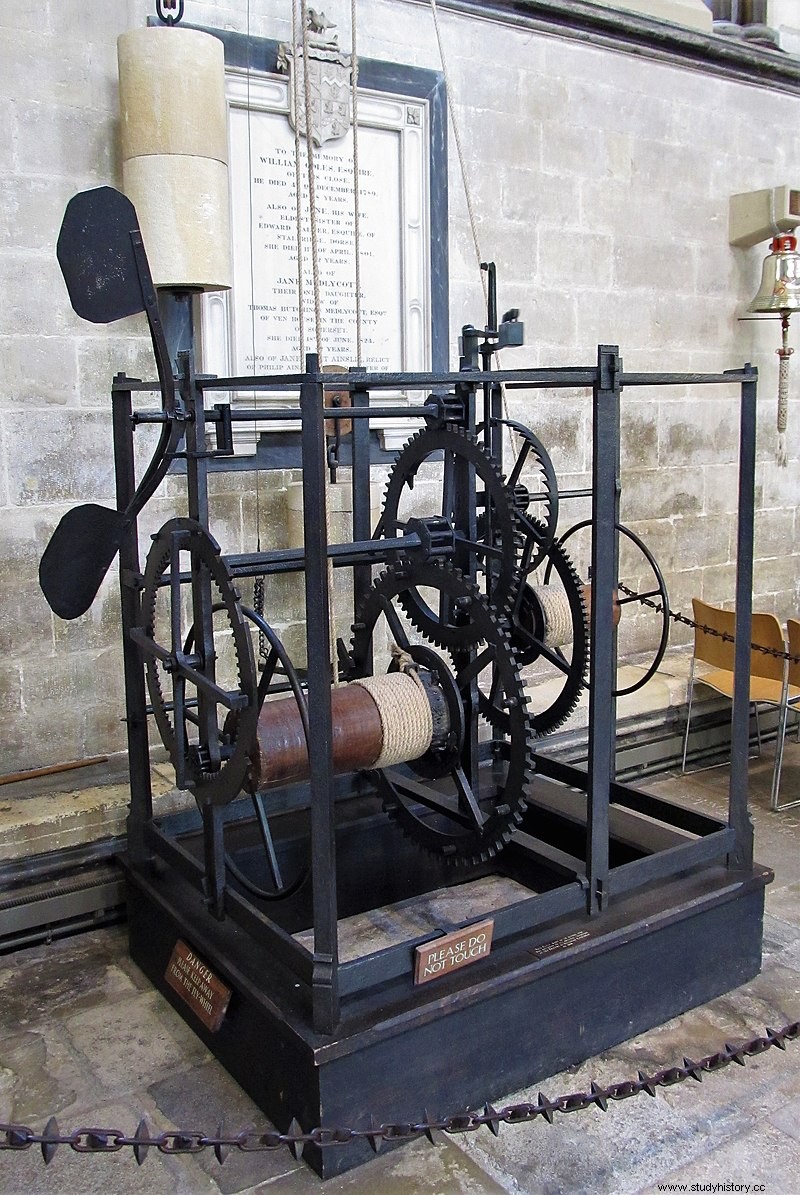
The most important invention was the mechanical clock, found in the 14th century in Europe. This used a mechanism called the escape, which controlled the speed of the oscillator by transmitting only the necessary force, in contrast to the weight-driven predecessor found in England. In order to observe the prayer time, the Roman Catholic Church installed this. While the exact inventor of the mechanism is still unknown.
Pendulum clocks for modern clocks
In 1582, Galileo Galilei, an Italian scientist theorized that pendulum oscillations can be used to monitor / mark time. Based on this theory, the Dutch Polymath was Christiaan Huygens who built a portable pendulum clock on Christmas Day in 1656. He soon received the license to produce them commercially.
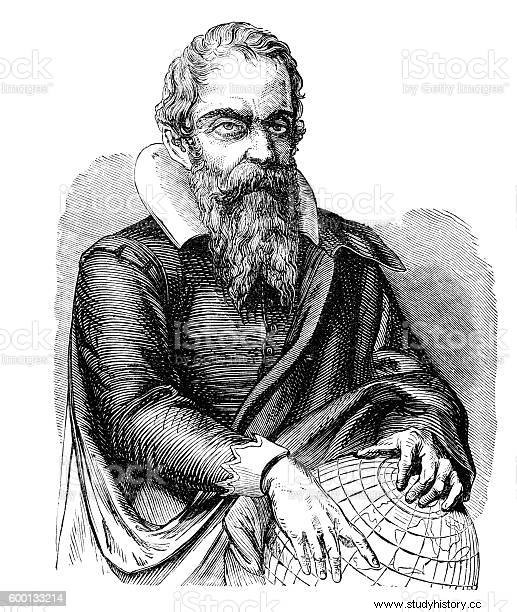
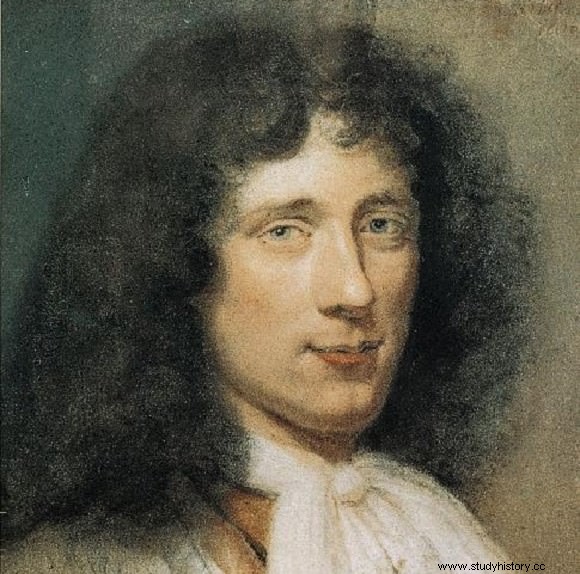
These had inherent shortcomings such as a high degree of oscillation up to 50. It was improved by bringing it down to 10-15 degrees. So in 1840, external batteries were added to power them. Furthermore, the design was improved to have the batteries inserted. As this wheel could only display 12 hours, the time was marked with the suffix - AM (Ante Meridiem) to display the first half of the day and PM (Post Meridiem) to indicate that it is the second half of the day.
Many watchmakers and designers from around the world changed the clock to improve accuracy, cost and portability. Apparently the most important springboard was when Jacques and Marie Curie discovered the quartz crystal and its properties in 1880. Therefore, an American engineer, Walter G Cady, built the first crystal oscillator in 1921. However, Warren Marrison and JW Horton built the first crystal clock at the Bell lab in Canada. in 1927.
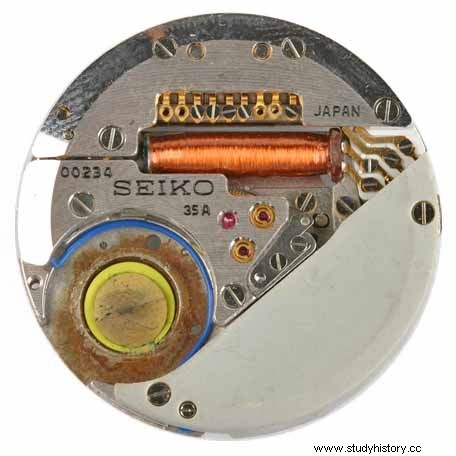

In 1969, Seiko made the world's first quartz wristwatch called Astron. Then the most accurate clocks today are based on atomic transitions of electrons while they are excited from the ground state. The English physicist Louis Essen built the first Cesium-133-based atomic clock in 1955 at the National Physics Lab, London.
Clocks and watches today
There are analog and digital variants in watches and clocks. Watches can be imported while watches are portable and thus portable. The analog version usually has rings with the hour hand, minute hand and second hand. It covers only 12 hours in a cycle. Based on the light, we need to add AM / PM suffix. Digital colleagues are 24-hour machines that read the time of a day directly, in terms of hours, minutes and seconds. These machines are often used by everyone all over the world now, unlike the times when they were not affordable for all people.

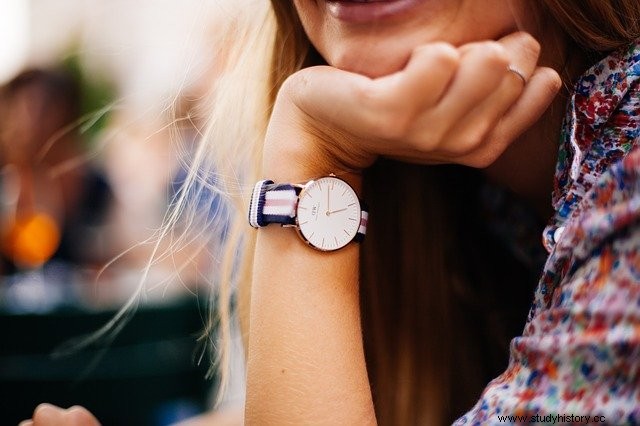
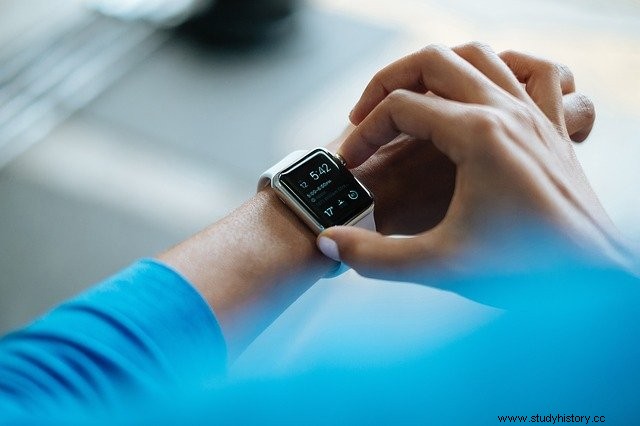
Air conditioning (A / C)
One of the most important units anywhere today is an air conditioner. As the name suggests, it is used to condition the air's specifications such as temperature, humidity and dust. Today we can not imagine living without air conditioning in our offices or homes!
The History of A / C
July 17, 1902, Willis Carrier , an American engineer at the Buffalo Forge Company, New York, sent the drawing of a machine that can control humidity, temperature and ventilation in an enclosed space. He developed this to reduce air quality problems at Sackett-Wilhelm's Lithographing &Publishing Company, Brooklyn. Since it was a printing press, the ink and machines had to remain intact despite long working hours. So the solution was to maintain a suitable atmosphere for uninterrupted working hours.


Soon, in the year 1906, he was granted the American patent in the name "Apparatus for the treatment of air". That same year, Stuart W Cramer looked for a method to add moisture to the air in the textile company. That was when he coined the term "Air Conditioning". Willis Carrier believed that air conditioning is useful in several other industries. This is why he founded the company "The Carrier Air Conditioning Company of America" in the year 1915 together with six other engineers. Today he is seen as the "father of air conditioning technology".
A / C today
With the advent of electronics, the machine's design, weight, size, price and portability were reduced. Therefore, different types of refrigeration units were developed and distributed in different places. Window AC, Split AC, Centralized AC are just a few of them.



This new invention has influenced and changed the lifestyle of people in many ways. It has significantly reduced the number of deaths in the summer due to heat waves. With the help of an air-conditioned environment, there has also been a lot of research and development in medicine. In fact, almost all industries today such as shopping malls, theaters, IT companies, hospitals, data centers, homes and many others distribute air conditioning.
Summary
Through time-honored experiments and experiments, inventors around the globe have made significant contributions to the betterment and development of human life. Therefore, every other invention has a basis for reducing costs, increasing access to the invention and serving society.
Although we are aware of the above facts, we rarely appreciate or try to acknowledge a discovery that has made our lives super easy.
Thanks to all the inventors! What was once considered a luxury has now become an important part of our lives. That is how much they have helped us to live a better life. This may not be essential for survival, but we should still learn to give people and things the place they deserve.
Be it Charles Babbage or Gideon Sundback, they are both inventors. Let us therefore not draw any distinction between the two. Let us cherish even the simple inventions and inventors to help us do things the way they are done today.
The intelligence of the future humanity depends on caring for today's children. Thus, we must give them all the necessary knowledge and history from the past. This will help them explore new paths. It is a small way to "thank" everything they have contributed, not only for us, but for all the time and people who come. After all, let's consider them small for size and not trivial for use.
